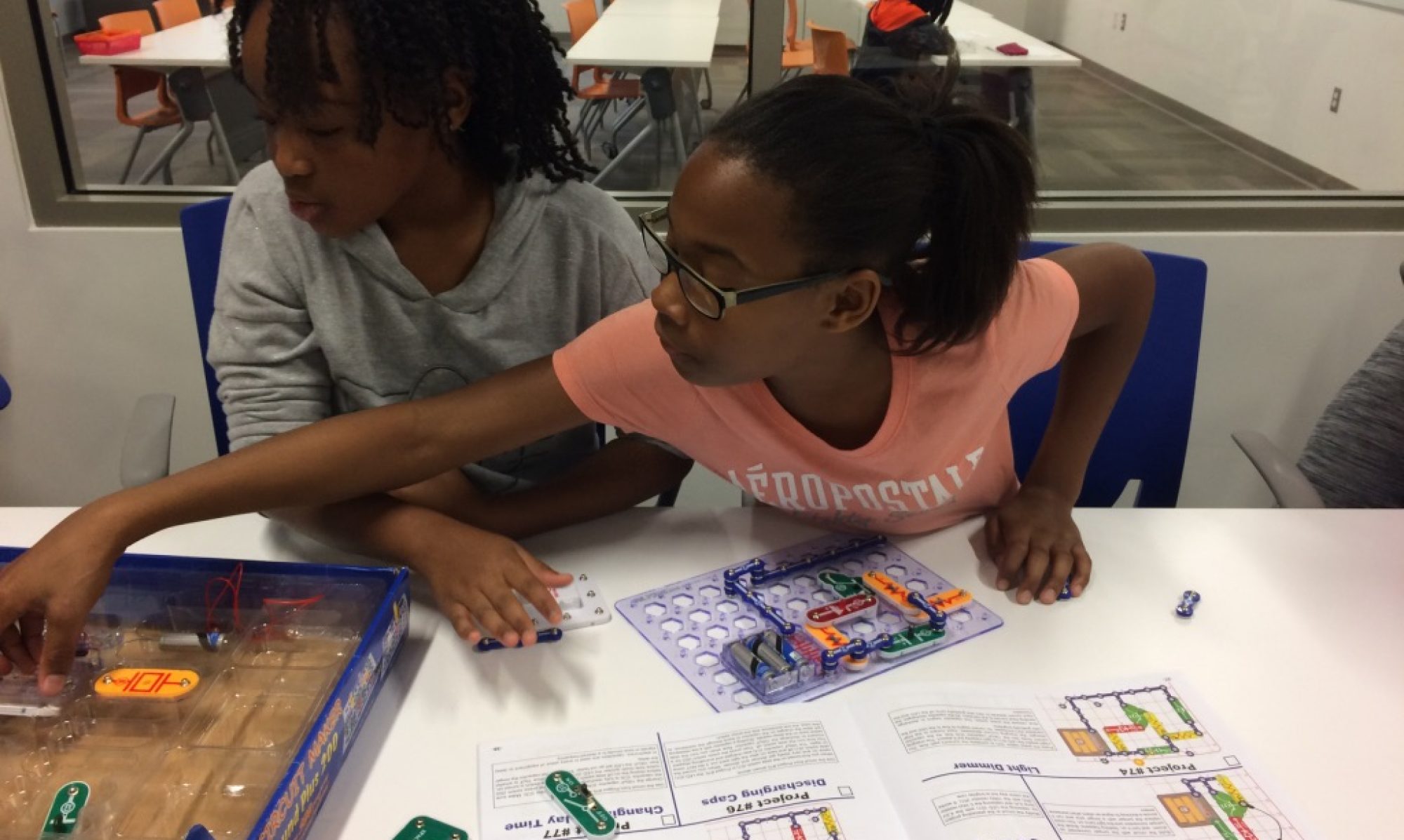We define social-emotional learning in this project as opportunities for students to develop their identities and agency as part of learning engineering for sustainable communities to address current everyday injustices. Our project, I-Engineering, supports learning, identity and agency development in engineering as a part of learning two core engineering practices: 1) defining problems and 2) designing solutions. The I-Engineering framework and epistemic tools help teachers/students to “localize” the engineering design process (e.g., “I can solve this problem collaboratively right here in my community, right now, using what I know”). These tools include: a) community engineering and ethnography toolset and b) integrating perspectives iterative engineering design toolset. Both toolsets support students in leveraging their insider community, positioning towards engaging meaningfully in engineering design, in tandem with science and engineering knowledge and practices. We envision the process of localizing engineering design as one of refining the problem constraints and specifications, while exploring possible modes of solution optimization for particular people/contexts through iterative engagement with both the technological and social dimensions of these practices. Undergirding the iterative process is a commitment to students’ whole lives in middle school STEM teaching and learning.
We take a pedagogies of community ethnography approach in support of students identity and agency work in humanizing ways. Specifically, the I-Engineering approach supported student engineers in working alongside community members to improve the daily lives of people they know in their lives. Teachers decide whether they want to focus on the local classroom and/or school community or expand to the neighborhood community. Throughout the engineering design process, student engineers elicited multiple communities’ perspectives about the problem they defined, their proposed solutions, and multiple design iterations/prototypes.
By helping the community solve their problem, students learned and experienced how all community members have the right and the responsibility to contribute to defining problems and designing solutions. Data show a range of in-community expertise that can be helpful to students working on engineering for sustainable community designs, including school staff members with different forms of technical expertise, community and family members with expertise related to engineering, science, and the environment, and peers and family members with experience on the sustainability issues students identify, such as a “need to celebrate accomplishments more” or to “have more fun”.
I-Engineering involves designing solutions that minimize the impact to the environment, or even help to improve the environment. We define sustainable environments as centered on students’ well-being, beyond epistemic gains. Minimizing impact on the environment meant maximizing materials already available in classrooms and communities, using renewable resources, such as cardboard from delivered boxes or old school projects, supporting renewable energy sources for projects requiring power, and building projects that last. Students are encouraged to look at how their designs work, what their designs are made of, and how durable their designs are as some ways to think about how their design may minimize impact on their environment.
Students also learn how to design solutions for now and for the future. This involves learning to balance trade-offs equitably among environmental, social, and technical effects of designs is an important challenge for engineers. However, learning to make trade-offs in the process of refining and optimizing solutions is an important part of engineering design.
I-Engineering has produced 3 sustained, authentic and iterative engineering design challenges, grounded in our Engineering for Sustainable Communities framework: Electric Art, Sustainable Classrooms, and Invasive Species, along with an I-Engineering Toolkit workbook for practitioners. This workbook shares both the motivation for and framework of an engineering for sustainable communities approach in science classrooms. It covers why we teach engineering, the engineering for sustainable communities framework, reasons for a sustainable communities framework and the justice-oriented goals of engineering for sustainable communities. We share framework tools for designing an engineering for sustainable communities design challenge and two actionable toolkits: 1) community ethnography tools and 2) STEM Identity and agency tools. We provide a guide for using these tools in conjunction with adapting pre-existing engineering design challenge units.

